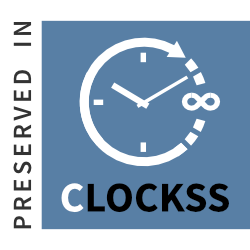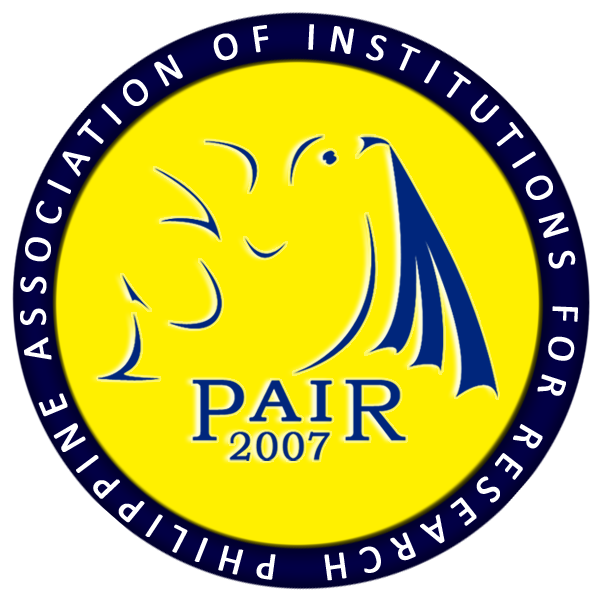Development and Validation of Comics on Selected Topics in Physics
DOI:
https://doi.org/10.7719/jpair.v3i1.94Keywords:
Development and validation, comics, physicsAbstract
This study is concerned with the development and validation of comics on selected topics in Physics for use as an instructional material in teaching the subject. Specifically, it sought to find out the kind of comics that can be produced as an instructional material in teaching Physics, the significant difference between the pretest and posttest scores of the students, and the level of acceptability of the comics among the respondents. The respondents consisted of 102 fourth year students of Southern Luzon Polytechnic College Laboratory High School for Academic Year 2003-2004. The researcher used the descriptive method to gather the necessary data in writing the instructional material and the achievement test. The experimental method was employed to determine the validity of the instructional material in Physics. Z-test and weighted mean were used to interpret the data. The statistical analysis showed the gained scores in the posttest as seen in the computed means of the pretest and posttest which are 26.66 and 37.36, respectively. The computed z-value of 12.50 is at 0.01 level of significance which means that there is a significant difference between the pretest and posttest scores of the students in the achievement test. Meanwhile, a grand mean of 3.45 or a descriptive rating of acceptable of the comics on selected topics in Physics was obtained.
Downloads
References
Benezer, J. V., et al. (1999). Becoming secondary school science teacher. Prentice Hall Inc.
Clerigo, V. B., et al. (2002). Physics. JO-ES Publishing House, Inc.
Deauna, M. C., et al. (2001). The world of physics: Philippines. Sibs Publishing House, Inc.
Downloads
Published
Issue
Section
License
Copyright (c) 2009 Rosenda T. Nombrefia

This work is licensed under a Creative Commons Attribution-NonCommercial 4.0 International License.
Open Access. This article published by JPAIR Multidisciplinary Research is licensed under a Creative Commons Attribution-Noncommercial 4.0 International (CC BY-NC 4.0). You are free to share (copy and redistribute the material in any medium or format) and adapt (remix, transform, and build upon the material). Under the following terms, you must give appropriate credit, provide a link to the license, and indicate if changes were made. You may do so in any reasonable manner, but not in any way that suggests the licensor endorses you or your use. You may not use the material for commercial purposes.





















